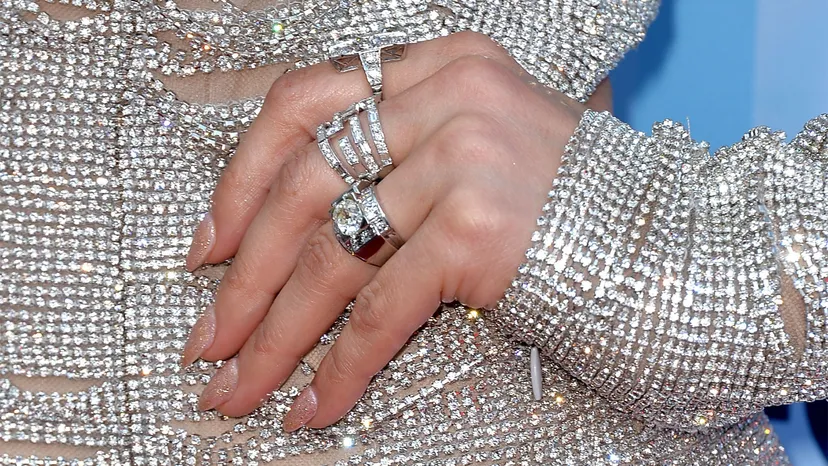Platinum jewelry has been prized for its beauty, rarity, and durability for centuries. This precious metal has a long and fascinating history, from its discovery by ancient civilizations to its use in modern-day jewelry design. In this article, we’ll explore the history of platinum jewelry, tracing its evolution from ancient times to the present day.
Early Uses of Platinum
The first known use of platinum dates back to ancient Egypt, where it was used to decorate the sarcophagus of the pharaohs. However, it was not until the 16th century that the Spanish conquistadors discovered platinum in South America. At the time, they considered it to be a nuisance metal that interfered with their gold mining operations. However, they soon realized that platinum had its own unique properties and began to use it for decorative purposes.
In the 18th century, platinum was first identified as a distinct metal by the Swedish chemist Carl von Linne. He named it “platina,” which means “little silver” in Spanish, due to its silver-white appearance. Platinum’s rarity and hardness made it difficult to work with, and it was not until the early 19th century that it was first used in jewelry.
Platinum Jewelry in the 19th Century
In the 19th century, platinum became increasingly popular for jewelry design. Its strength and durability made it ideal for creating intricate and delicate designs, and its white color complemented diamonds and other precious stones. Platinum was also popular for mourning jewelry, as its somber color was seen as appropriate for mourning periods.
One of the most famous examples of platinum jewelry from the 19th century is the Beau Sancy diamond, which is a pear-shaped diamond that weighs 34.98 carats. It was owned by the House of Orange and was set in a platinum pendant that featured a fleur-de-lis motif. The pendant was worn by Queen Wilhelmina of the Netherlands for her coronation in 1898.
Another notable piece of platinum jewelry from the 19th century is the tiara made by Cartier for Queen Alexandra of England in 1901. The tiara features diamonds set in a delicate platinum framework, with a central pendant that can be removed and worn as a brooch.
Platinum Jewelry in the 20th Century
In the 20th century, platinum jewelry continued to be popular, particularly in the Art Deco era of the 1920s and 1930s. Art Deco jewelry featured geometric designs and bold colors, and platinum was used to create intricate and delicate pieces that reflected the style of the era.
One of the most famous examples of Art Deco platinum jewelry is the “Zip” necklace designed by Van Cleef & Arpels in 1950. The necklace features a working zipper that can be worn as a necklace or bracelet, and it was popularized by the actress the Duchess of Windsor.
During World War II, platinum was declared a strategic metal and was largely unavailable for use in jewelry. This led to the rise of white gold as a popular alternative to platinum in jewelry design. However, after the war, platinum jewelry experienced a resurgence in popularity.
Platinum Jewelry in the Modern Era
In the modern era, platinum jewelry continues to be popular for its beauty and durability. Platinum is often used for engagement rings and wedding bands, as its strength and durability make it ideal for daily wear. It is also popular for statement pieces, such as necklaces and bracelets, due to its ability to hold intricate designs and delicate stones.




